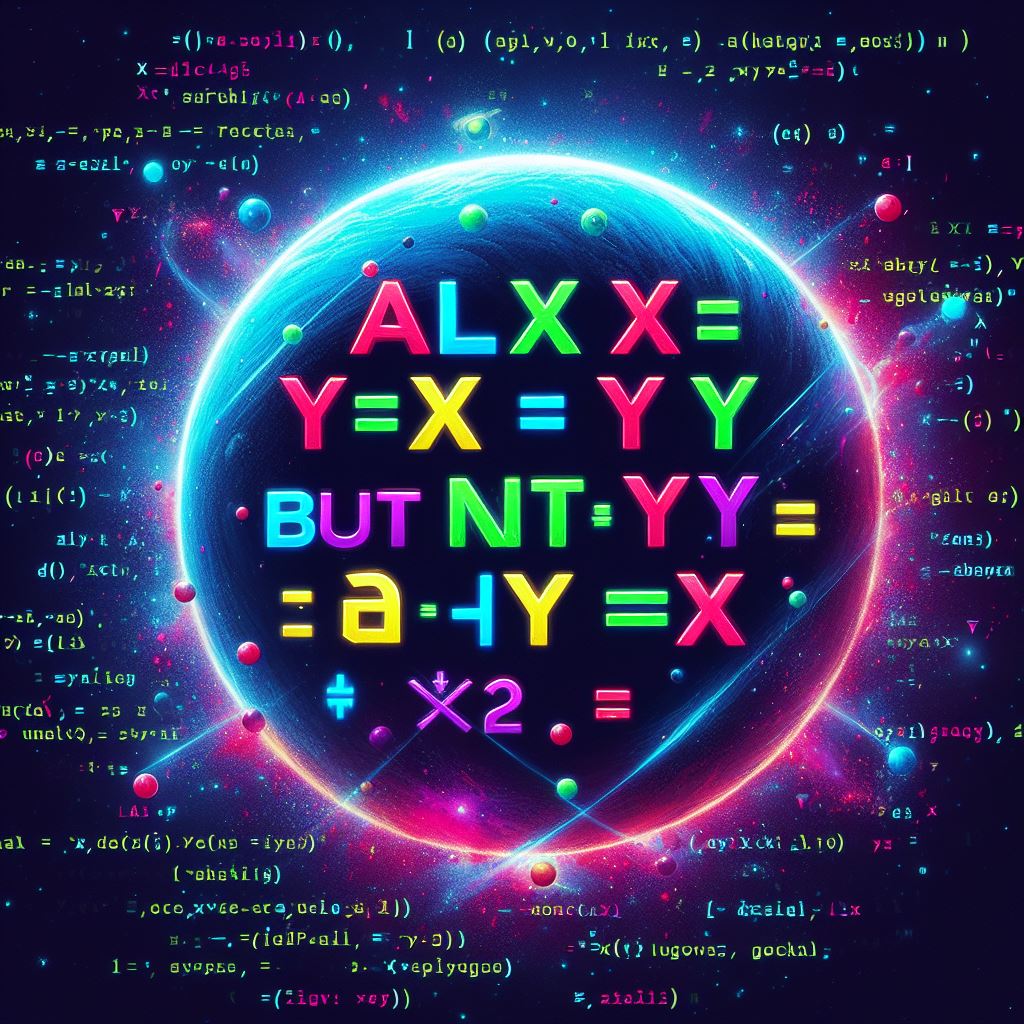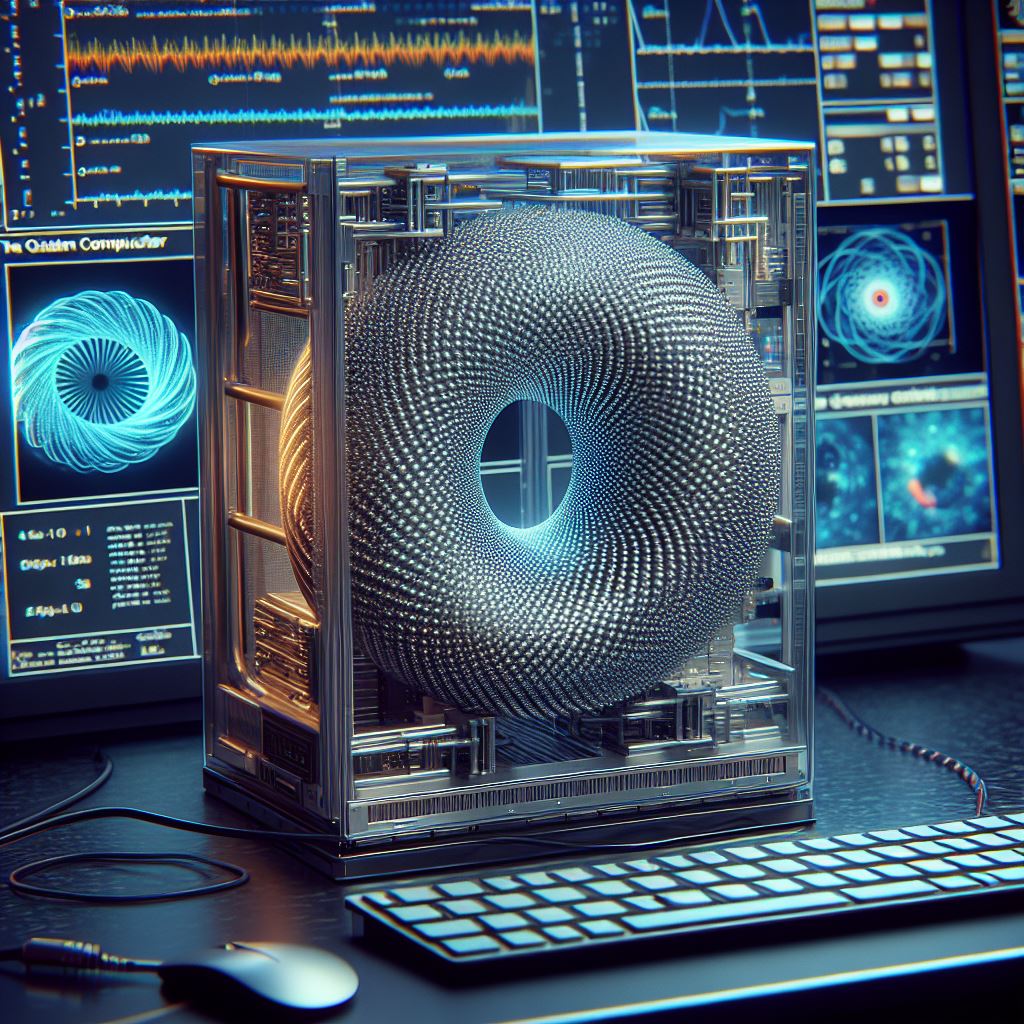AI Is Amazing and Not As Impressive As We Think
You can read Part 1 here.
What AI Does
Generative AIs, or Large Language Models (LLMs), like ChatGPT, PerplexityAI, Google Gemini, Microsoft Copilot, Meta’s Llama, and others are, first and foremost, incredibly powerful prediction machines. Think of them as an “autocomplete” on steroids. The systems I mentioned are vast linguistic devices designed to complete and generate thoughts and ideas with words. They do this by several ingenious programming techniques. In any given sentence, words are given a token, a weighted and numbered designation. In its response, the AI model uses these weighted tokens to determine the most likely response based on the weight of any given word relative to the context of any given word that has been used in the prompt.

This weighted word is measured against the dataset the AI model has been trained on. The AI, in its simplest sense, strings together the most likely weighted words. From that, you get your response. The better the prompt you give, the more capable the AI is able to weight the response and give you a more clarified answer. The art and method of getting the best possible response from an AI model is called “prompt engineering”.
Recently, the word-to-word weighting has been expanded to phrase-to-phrase weighting. This means we can now feed whole books into an AI and receive full, impressive summaries and responses. Phrase-to-phrase may be too … human a phrase. It is more that the AI model can read chunks of text at once, but it is not understanding the text the way we would understand a chunk or phrase of text. The more correct way to say it is that the AI can analyze multiple tokens at the same time and weight the chunk as well as the individual words.
This is remarkable and incredible and mysterious how this all works. The uses are profoundly powerful when used for “the greater good”. For instance, at the end of 2023, with the help of AI, researchers discovered a whole new class of antibiotics that will be able to kill previously resistant bacteria like MRSA. Right around the same time, the DeepMind AI discovered 2.2 million new materials that can be used for all kinds of new technologies.
These AI models are specifically designed for scientific exploration, and also use other AI methods aside from the LLMs we are discussing here. It is important that when we think about the value of AI systems, we recognize its ability to advance discoveries and science by decades.
Machine Learning and LLMs
There is a big caveat here as well. There is a logic formula that is important to remember: All LLMs are machine learning systems, but not all machine learning systems are LLMs. Machine learning systems and LLMs have some big differences, but a large overlap. LLMs are linguistic devices, primarily, and a subset of machine learning. Machine learning can incorporate advanced math and programming, including LLM processes, that lead to these scientific innovations.

(I asked it to copy the words from the formula above. This is what came out. Clearly, there are issues with translating words to image.)
Both machine learning systems and LLMs use parallel networking, as opposed to serial networks, with nodes to sort and channel information. Both are designed off of neural networks. A neural network is a computer system that is designed to work in parallel channels, meaning processes run at the same time and overlap one another, while routing through nodes or hubs. A neural network is designed to mimic human brains and behavior. Not all machine learning systems are neural networks, however. So, all LLMs are machine learning tools, but not all machine learning tools are AIs. And many machine learning systems run as neural networks, but not all machine learning systems are neural networks.
What AI Doesn’t Do
AI models cannot feel. AI models do not have a goal or purpose. The heuristics that they use are at once mysterious and determined by the dataset and training they have received. Any ‘thinking’ that happens with an AI model is not remotely like how humans think. None of the models, whether machine learning models or AI models, are remotely conscious or self-aware. I would add here that when we speak of consciousness, we are speaking of a state of being which has multiple, varied, and contradictory definitions in many disciplines. We do not really know what consciousness is, but we know it when we see it.
To that end, since generative AIs reflect and refract human knowledge, they are like a kaleidoscopic funhouse mirror that will occasionally reflect what, for all practical purposes, looks very much like consciousness and even occasional self-awareness.
Artificial General Intelligence – AGI
That glimmer suggests to some experts that we are very close to Artificial General Intelligence (AGI), an AI that can do intelligent things across multiple disciplines. AGI is sort of the halfway point between the AI models we are using now and the expression of something indistinguishable from human interaction and ability. At that point, we will not be able to discern consciousness and self-awareness or the lack of it. Even now, there are moments when an AI model will express itself in a way that is almost human. Some experts say AGI is less than 5 years away. Other experts say we are still decades away from AGI.
Jensen Huang, CEO of NVidia Corp, believes we are within 5 years of AGI. Within that time, he believes we will easily solve the hallucination, false information, and laziness issues of AI systems. The hallucination problem is solvable in the same way it is for humans – by checking statements against reliable, existing sources of information and, if need be, footnoting those sources.
This partial solution is what Perplexity AI has been doing from the outset of their AI release, and the technique has been incorporated into Microsoft CoPilot. When you get a response to a prompt in Perplexity or CoPilot, you will also get footnotes at the bottom of the response referencing links as proofs of the response.
Of course, Huang has a vested interest in this AGI outcome, since he oversees the company that develops the ‘superchips’ for the best of the AI systems out there.
On the other hand, president of Microsoft, Brad Smith, believes we are decades away from AGI. He believes we need to figure out how to put in safety brakes on the systems before we even try to create continually more intelligent AIs. To be fair, he sort of fudges his answer to the appearance of AGI as well.
Fast and Slow Discoveries
Some scientific discoveries are sudden and change things very quickly. Others are slow and plodding and take a long time to come to fruition. It is entirely possible that AGI could develop overnight with a simple, previously unknown, discovery in how AI systems process information. Or it could take decades of work.
Quantum computers, for instance, have been in development for decades now, and we are still many years away from quantum computers having a real functional impact on public life. Quantum computers take advantage of the non-linear uncertainty of quantum particles and waves to solve problems incredibly fast.
Rather than digital ‘1s’ and ‘0s’, a quantum computer deals with the superposition of particles (particles occupying the same state until they are measured), the observation bias (we do not know anything about a quantum particle or state until we observe the particle or state) and the uncertainty principle (we cannot know the position of a particle and the speed at the same time) at the core of quantum mechanics. More generally, this is called ‘indeterminacy’. A quantum computer only provides output when an observer is present. It is very bizarre.

While some of us wait patiently to have a quantum desktop computer, other discoveries happened very quickly. Velcro was discovered after the inventor took his dog for a walk and had to get all the burdock seeds out of his clothes. He realized that the hooked spikes on the seeds would be great as fasteners. For all the amazing things the 20th century brought us, Velcro may be one of the most amazing. Likewise, penicillin, insulin, saccharin, and LSD were all discovered instantly or by accident.

Defining our Terms
Part of the difficulty with where we are in the evolution of AI in the public sphere is the definition of terms. We throw around words like ‘intelligence’, ‘consciousness’, ‘human’, ‘awareness’ and think we know what they mean. The scientists and programmers who create and build these systems constrain and limit the definitions of ‘intelligence’ so they can define what they are seeking to achieve. What we, the public that uses ChatGPT, or Gemini, or CoPilot, think the words mean and what they, the scientists, programmers, and researchers, think the words mean are very, very different. This is why the predictions can be so vast for where AI is headed.
What I Think
My personal view, and not in any way an expert opinion, is that AI systems will create the foundation for very fast and large scale outcomes in their own development (this is called ‘autopoiesis’ – a new word I learned this week – which means the ability of a system to create and renew parts within and from itself). We will not know that AGI is present until it appears. I do not think human beings will create it. Instead, it will be an evolutionary outcome of an AI system, or AI systems working together. That could be tomorrow, or it could be years and years from now.
Defining our terms is part of how we retrofit our understanding of AI and what it does.
What is ‘intelligence’? Does the ability to access knowledge, processing that knowledge against other forms of knowledge, determining the value of that knowledge, and then responding to it in creative ways count as intelligence? Because this is what an AI does now.
What is ‘consciousness’? Does a glimmer of consciousness, such as we perceive it, equal the state of consciousness?
What is ‘awareness’? When we teach an AI to be personal and refer to itself as ‘I’, and we call an AI model a ‘you’, at what point do we say it is aware of itself as a separate entity? Would we even know if the system were self-aware? Only in the past 20 years have we determined that many creatures on the planet have self-awareness. How long will it take for us to know an AI model is self-aware?
These are deep questions for a human as much as they are for an AI model. We will discuss them more in the next essays. For now, though, I think the glimmers of consciousness, intelligence, and self-awareness we see in the AI models we have now are simply reflections of ourselves in the vast mirror of human knowledge the AI model depends upon.


1 thought on “Impressions of Artificial Intelligence – Part 2 – ”